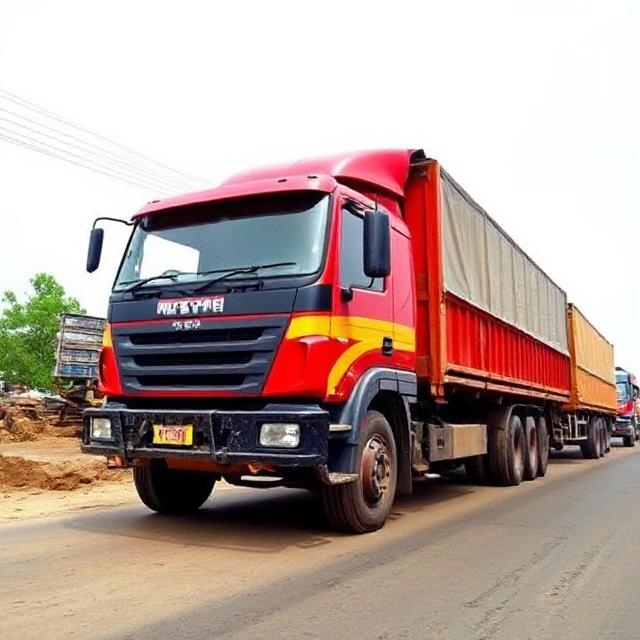Explore the top 7 challenges facing India’s truck industry — from rising fuel costs to infrastructure bottlenecks. Understand the roadblocks and what they mean for fleet operators and logistics providers.
India’s Truck Industry: 7 Key Challenges You Should Know About
India’s trucking industry is a critical pillar of the nation’s economy, moving over 70% of domestic freight. However, behind the massive network of trucks crisscrossing highways lies a host of serious challenges that affect efficiency, profitability, and sustainability.
Here are seven key issues the Indian truck industry continues to grapple with in 2025.
🚛 1. Soaring Fuel Costs
Fuel makes up over 40% of operational expenses in trucking. With volatile diesel prices and limited adoption of alternative fuels like CNG and EVs, fleet operators are constantly squeezed.
Impact: Profit margins are shrinking, and small fleet owners struggle to stay afloat.
🛣️ 2. Poor Road Infrastructure and Congestion
While expressways have improved in some areas, many roads remain:
- Narrow or damaged
- Lacking signage or lighting
- Bottlenecked by city traffic and toll booths
Result: Delays, vehicle wear and tear, and unpredictable delivery times.
📉 3. Fragmented and Unorganized Sector
India’s trucking sector is largely unorganized, with millions of small operators owning one or two trucks.
Challenges include:
- Limited access to technology
- Low bargaining power
- Poor compliance with safety and regulations
Effect: Inconsistent service quality and pricing inefficiencies.
👷 4. Driver Shortage and Poor Working Conditions
The industry faces a chronic shortage of skilled drivers, partly due to:
- Low wages
- Long working hours
- Lack of facilities on highways (restrooms, food, security)
Consequence: High attrition and reduced fleet productivity.
🏢 5. Regulatory Complexity and Compliance Pressure
Operators face a maze of:
- State-specific permits
- GST-related paperwork
- Frequent regulatory changes
Pain point: Increased administrative load and the need for digital know-how many operators lack.
📦 6. Low Technology Adoption
Despite the rise of logistics tech platforms, many small operators still rely on:
- Manual record-keeping
- Paper-based trip management
- No GPS or tracking systems
Limitation: Low visibility and inefficiencies across the supply chain.
🏭 7. Environmental Pressures and Emissions Norms
The push for cleaner transport — including BS-VI emission standards and EV adoption — is necessary but costly.
Struggle: Older vehicles are being phased out, but not all fleet owners can afford new compliant trucks.
🚚 Conclusion: The Road Ahead
India’s truck industry is full of opportunity, but also urgently needs modernization, policy support, and better infrastructure.
Tackling these challenges will require a joint effort from:
- The government (for policies and road development)
- Fleet operators (for tech adoption and compliance)
- Private sector logistics platforms (for better integration)
Want to learn how to future-proof your fleet operations in India?
We offer insights and tools to help you navigate these challenges and stay competitive.
Would you like a follow-up blog on solutions to these challenges or emerging trends in Indian logistics?
Target Keywords:
- India truck industry challenges
- trucking in India
- logistics sector issues India
- fleet management India
- Indian transport sector problems
- truck operator issues
- road transport challenges
- commercial vehicle industry India
- logistics bottlenecks India
- freight transport problems

